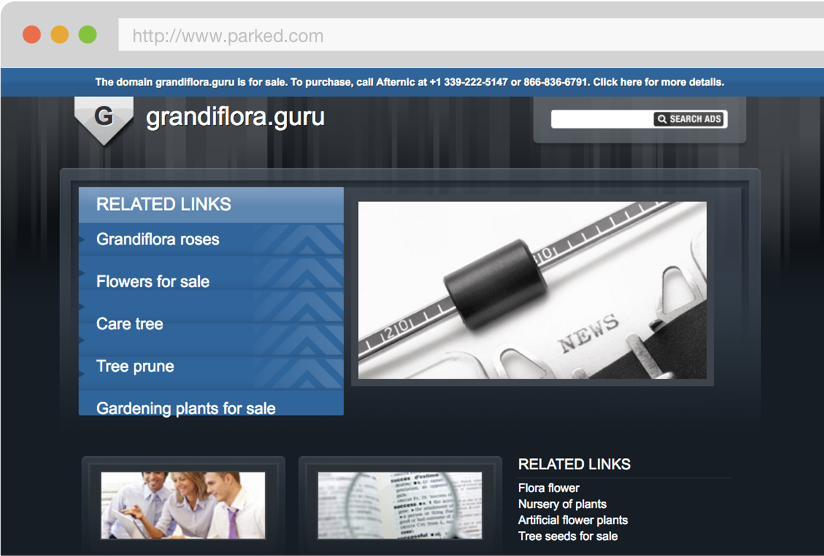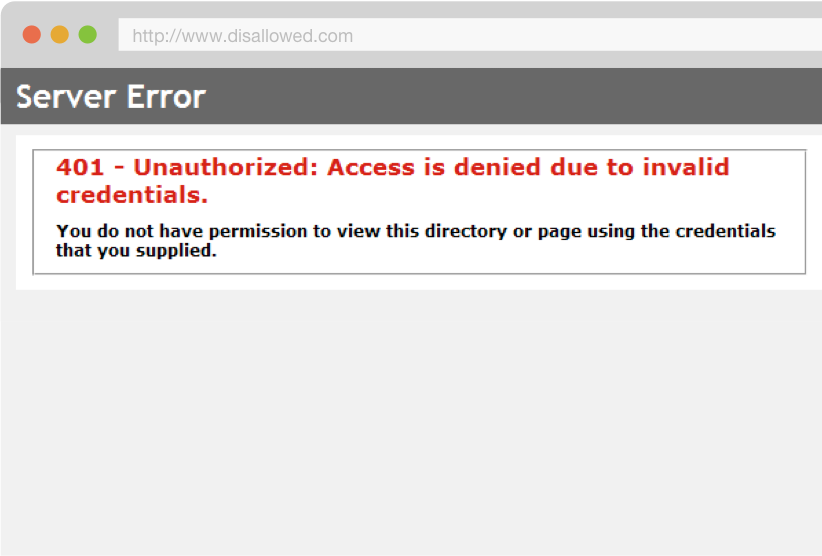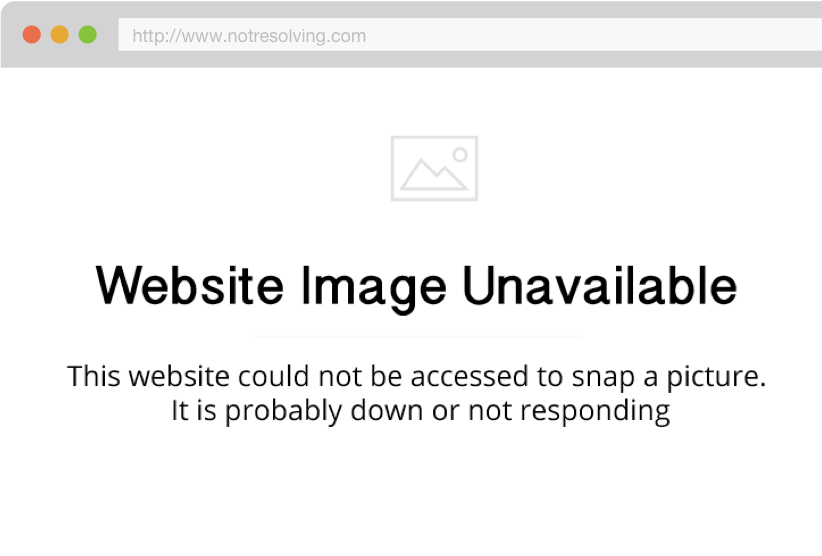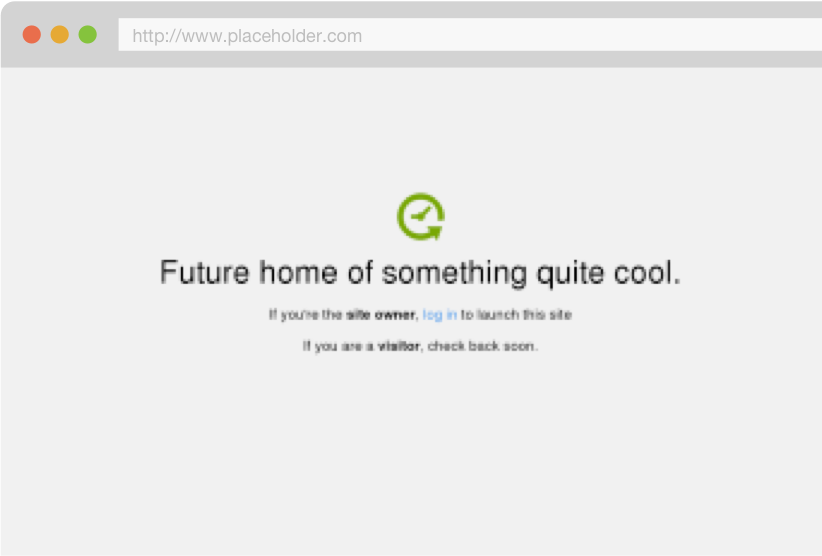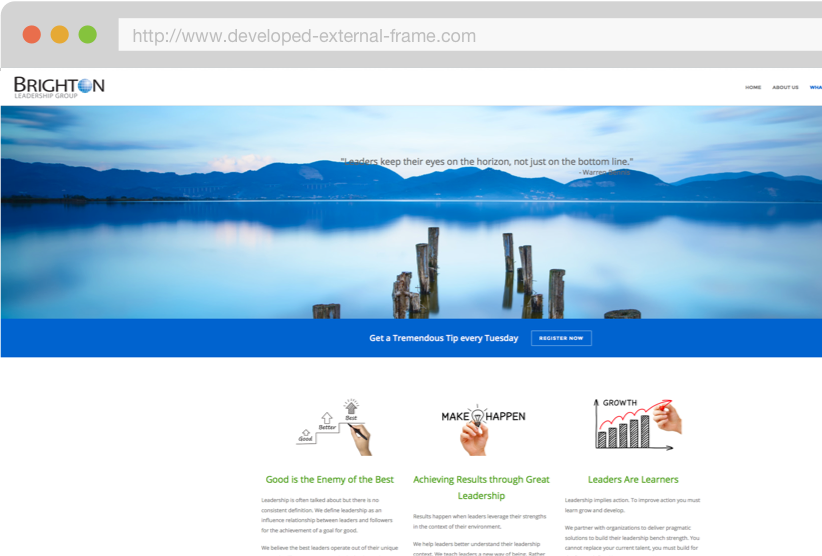About Us
Mission - Terminology - Methodology
Mission
NamePulse is a set of tools and industry standards for benchmarking and research of new top level domains (nTLDs).
Until now, no established standards existed to properly benchmark nTLDs and obtain consistent results. Most investors and registry operators tracked nTLD performance by looking at the total number of registered domains, but this method is crude and open to manipulation.
NamePulse provides statistically derived consumer adoption trends for new top level domains. We want to show how the new extensions are being used, who is registering them, and identify key growth trends.
To accomplish this, we collect a large array of data for each domain, and each extension including web crawl data, IP data, DNS data, whois data, snapshot data and much more.
Factual and Unbiased
We are a software company. We make money selling data and automation services.
We have no financial interest in the success or failure of specific nTLDs. We are reporting factual data so that domain name investors, registry operators and brands can make informed decisions. Our clear positioning as a software company allows us to deliver an unbiased perspective to our customers.
Data Quality
Data quality and integrity are extremely important to us and no data is published unless we feel it is accurate and reliable.
We recognize that the data provided by NamePulse may be used as a benchmark for determining nTLD performance. As a result, we take several steps to ensure that we do not publish erroneous reports.
Consistency and Human Review
Analyzing tens of millions of domain names to determine growth rate, registration trends and usage is a difficult process. We recognize that both accuracy and consistency is important to the domain investment industry. This is why we review our results on a daily basis using both automated and human means.
Methodology
There is no industry standard for determining usage of a domain name. While some use cases such as "Parked" or "Forbidden" are self evident, "Developed" classifications tend to be highly subjective. As a result, we developed an automated processes for classifying domains.
NamePulse crawls all nTLDs every day and generates a digest of the content. The digest is then summarized into TLD and registry rollup reports. These are the reports which users can access on our site.
nTLD domain names analyzed by NamePulse fall into one of the following status codes:
PARKED
These domains generally have a template parking page that is designed to generate ad revenue or simply alert the visitor that the domain is for sale.
REDIRECT
These are domain names that redirect to another domain. We note the redirect domain and redirection TLD and include this information in our reports.
DISALLOWED
Domain names which display Forbidden, 404 or other server errors on the home page.
NOT-RESOLVING
Domain names which do not resolve to an IP or whose web server is not responding to queries.
PLACEHOLDER
Typically newly registered or recently expired domain names which show the registrar's or hosting provider's default placeholder page (ex: coming soon, or this domain has expired).
DEVELOPED
Domain names which have been developed to show content deemed valuable to the internet community. The content and the domain are analyzed for dozens of specific variables in order to qualify for this category.
DEVELOPED
EXTERNAL FRAME
Domain names which fall into the Developed category, but appear to retrieve a large part of their developed content from another domain using a frame.
UNDEVELOPED
Domain names which do not fall into any of the categories listed above.
Development
Registry operators and domain investors are sensitive to what constitutes a developed domain, and so are we. After months of testing, we've developed a method for identify developed domain names that produces a balance between what registry operators call developed and what domain investors consider developed.
The question we ask when analyzing every domain name is, does this content bring value to the internet community?
To answer this question we look at the content to determine the following:
- Uniqueness - We know exactly how many other domains use the same textual content (not template) as the domain we're analyzing. We've discovered a threshold for content uniqueness that indicates development.
- Site Quality
- Number of web pages
- Number of unique words on the home page
- Number of unique words on the site
- Commerce/Webstore
- IP and hosting provider
- DNS/MX servers
No automated, or human system is perfect, which is why we manually review the reports generated by our automated systems to ensure that they are accurate. We routinely go through the "developed" and undeveloped reports to ensure that we are properly catching all domain names.
Exceptions
Domain names which are reserved by the registry are excluded from our daily crawler scans and counts. This is because these types of domains are technically registered, but not used and may skew development data. Therefore, we exclude these domains from usage statistics.
Errors and Omissions
While we take many steps to ensure that the data we publish is of the highest quality, we recognize that most of it is generated using automated means and relies on third parties such as registries. In spite of our best efforts, such data may still be subject to errors, omissions and inconsistencies. If you spot any errors please contact us immediately so that we may resolve them.
